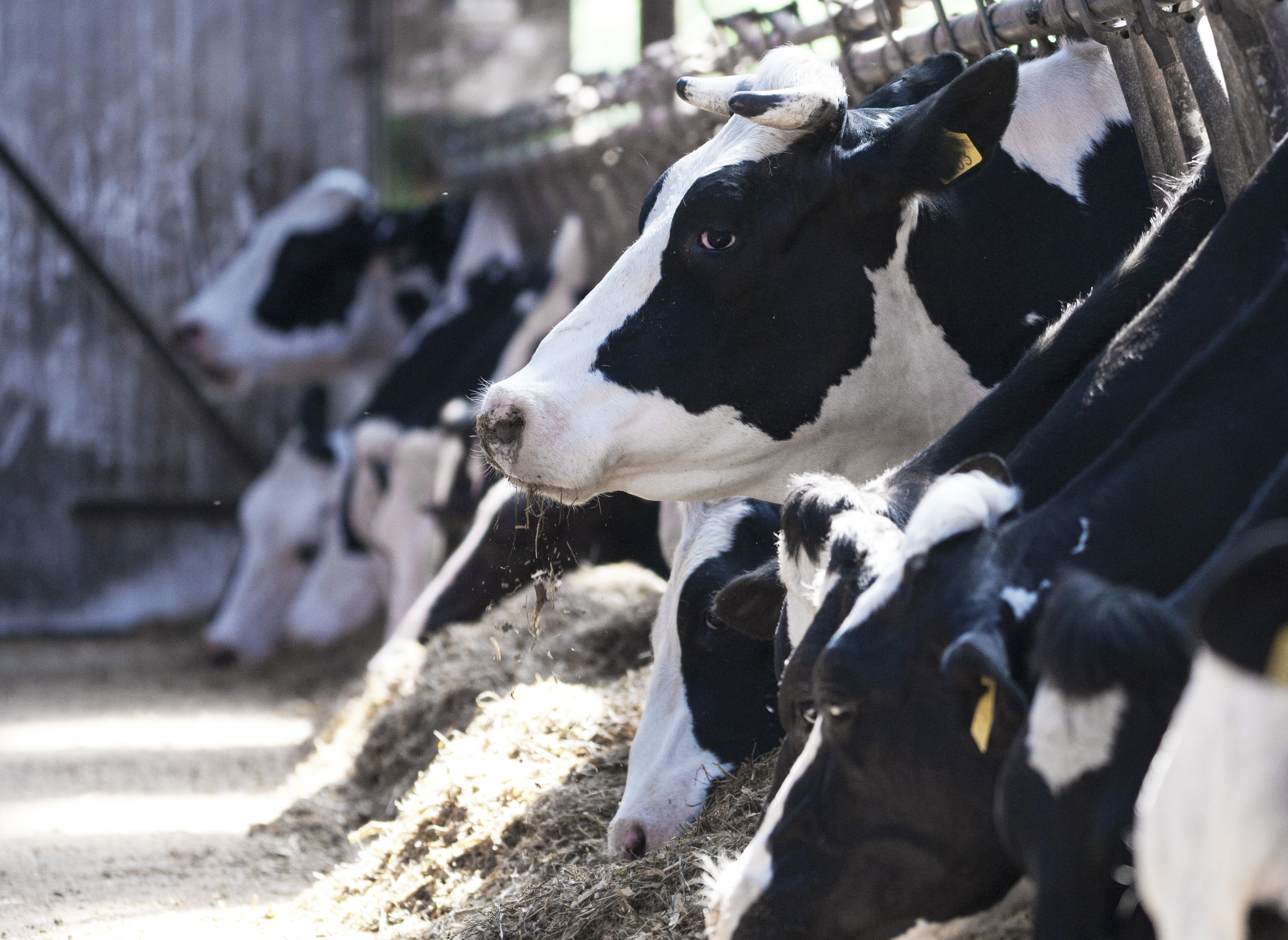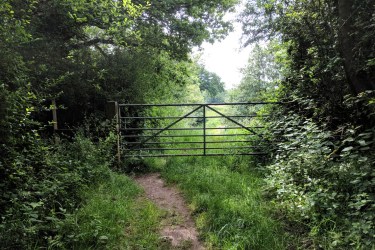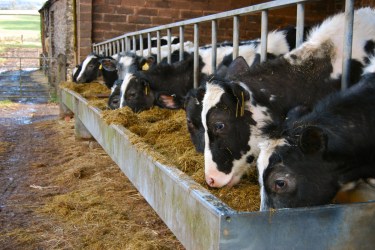By Tim Archer
Most dairy farmers have plenty of silage this winter compared to last. The challenge now is to maximise the profit from that silage.
Milkminder data shows the average milk yield per cow last year was 28 litres per day, of which 7 litres were from forage resulting in a purchased feed cost of 9 pence/litre. This winter, with plenty of good quality silage available, the aim should be to increase yields from forage to at least 11 litres/cow/day (12 litres would be even better!). Achieving this will reduce the average purchased feed cost by 2 pence/litre.
Over 180 winter days with 200 this would add £20,000 to the herd margin over concentrates. Even after allowing for £5,500 worth of extra silage the cows will eat there will still be over £14,000 extra profit.
There are many factors involved, but here are some of the basics to get right.
Feed a balanced diet
- Feed the correct proportions of silages in relation to the amount of each type of silage that you have available.
- Make sure your rations are properly nutritionally balanced to match your particular forage base. The technical bit which requires sound independent advice.
- Ensure that what is actually going down the cows’ necks is the same as this carefully designed ration!
- Overfeeding starch drives down Ph and harms the bacteria that digest silage – avoid doing anything that increases the risk of acidosis.
Challenge them to maximise forage intake
- Assess your silages with a silage analysis report in one hand and a handful of the silage in the other. Do the two match and make sense? Do this on a regular basis through the winter.
- Cows that give more milk eat more of the outdoor feeds – so you don’t have to feed them an equal energy value of cake to match the energy in every extra litre of milk.
- Avoid any major changes in the forage base or proportions during the winter. Cows love boring old consistency.
- Really challenge the cows that are safely in calf, past peak production, are healthy and in good condition.
Full troughs equal full stomachs
- Troughs licked clean may make life easier for farm staff, but rarely maximise the herd margin.
- Minimise the time away from the feed troughs, and make sure the cows can always actually reach the silage – ad-lib really must mean ad-lib.
- Practice good hygiene – would you eat your lunch from your cow’s feeders, or brew your tea from their water troughs?
Measure and manage
- Check that you do actually have more than enough silage – you can’t really challenge the cows if you’re still worried about running out.
- Know your key feed efficiency figures for every week of the winter: average yields, yields from forage, and feed costs per litre. Use this information to make good and profitable decisions on an ongoing basis through to the spring. Milkminder will help you to do this.
| Oct-19 | Oct-18 | |
| Milk | ||
| Yield per cow in milk per day (litres) | 25.3 | 23.4 |
| Yield from grazed forage per cow (litres) | 13 | 8 |
| Yield from all forage per cow per day (litres) | 13 | 8 |
| Butterfat (%) | 4.28 | 4.27 |
| Protein (%) | 3.41 | 3.43 |
| Urea (mg/litre) | 21 | 19 |
| Cell Count: Hygiene | 142:21 | 177:23 |
| Milk Price (ppl) | 30.42 | 30.42 |
| Total Milk Value (£) | 46654 | 42102 |
| Feed | ||
| Concentrate use per litre (kg) | 0.25 | 0.37 |
| Total Concentrate use (t) | 39 | 51.4 |
| Concentrate price per tonne (£) | 239 | 217 |
| Other Feed Cost (£) | ||
| Total Feed Cost (£) | 9303 | 11145 |
| Feed Cost per litre (p) | 6.07 | 8.05 |
| Total conc. equiv at 86% dry matter (t) | 38.477 | 48.047 |
| Margins | ||
| Margin over purchased feed per litre (p) | 24.36 | 22.37 |
| Margin over purchased feed per cow (£) | 157 | 130 |
| Margin over purchased feed per herd (£) | 37351 | 30957 |
In the example Monthly report here you can see how a client of mine has moved his feed rate from 0.37 to 0.25Kg/litre this year based on a really good quality, well fermented first cut silage. In one month alone, at a static milk price, we saw margins the margin leap by over £6,000.
So, to put this advice in a nutshell. You probably can persuade your cows to eat more silage and reduce purchased feeds without compromising cow performance?







